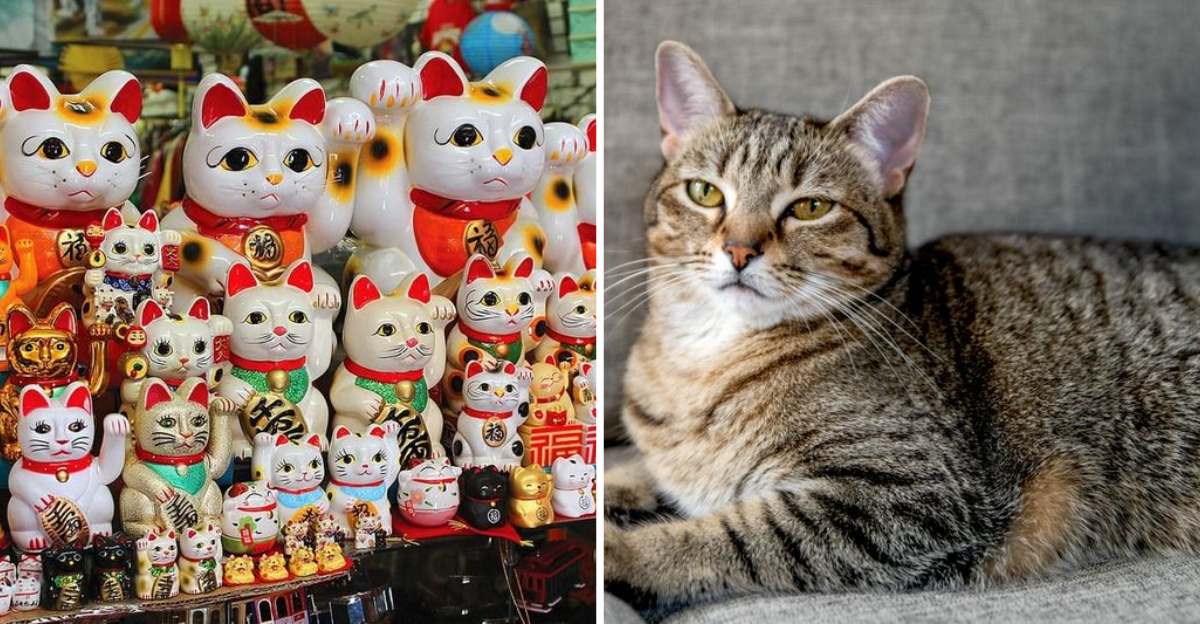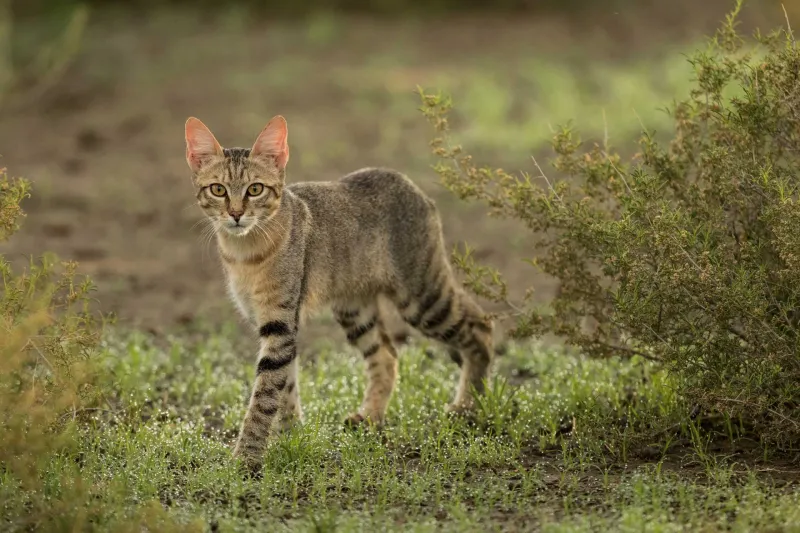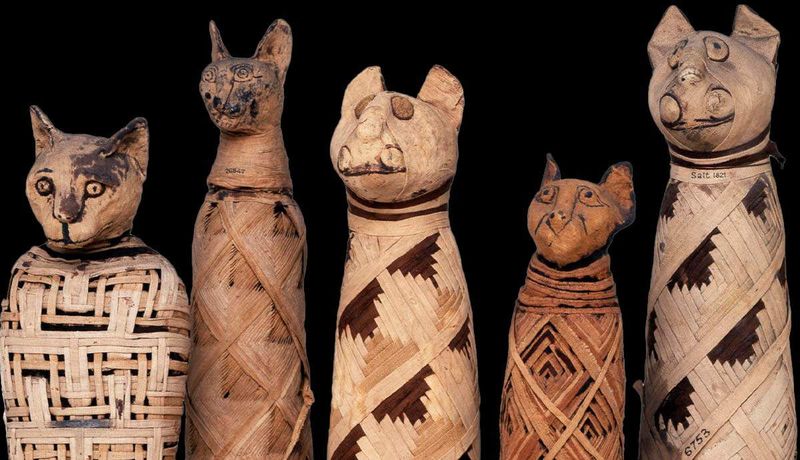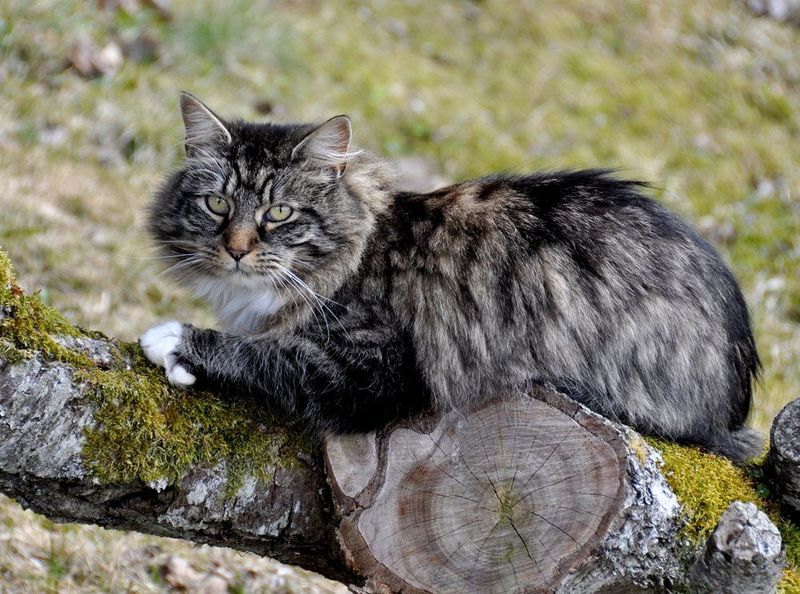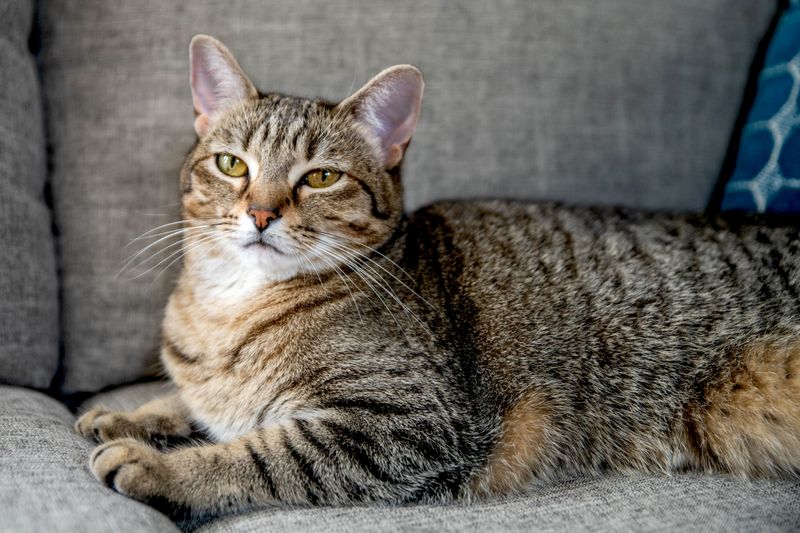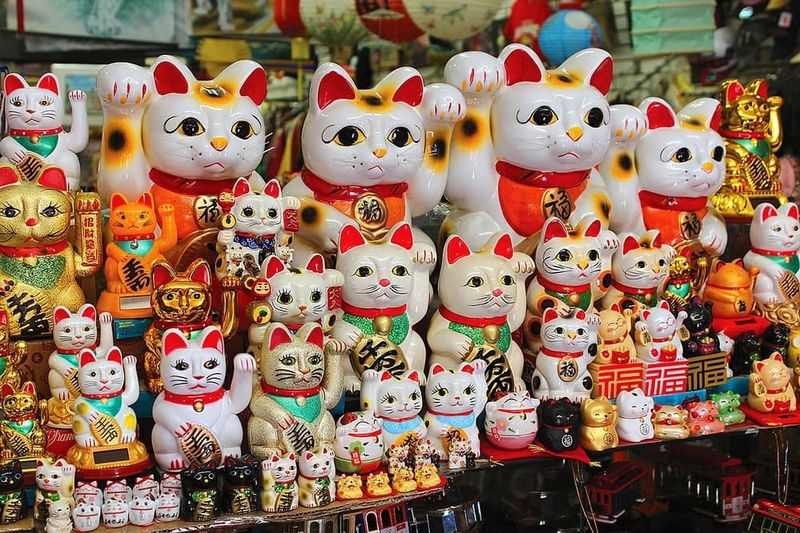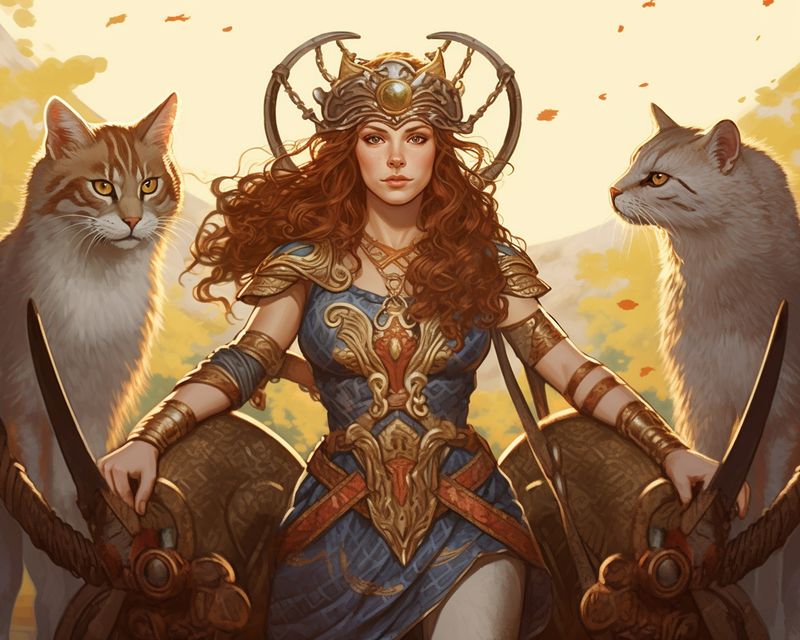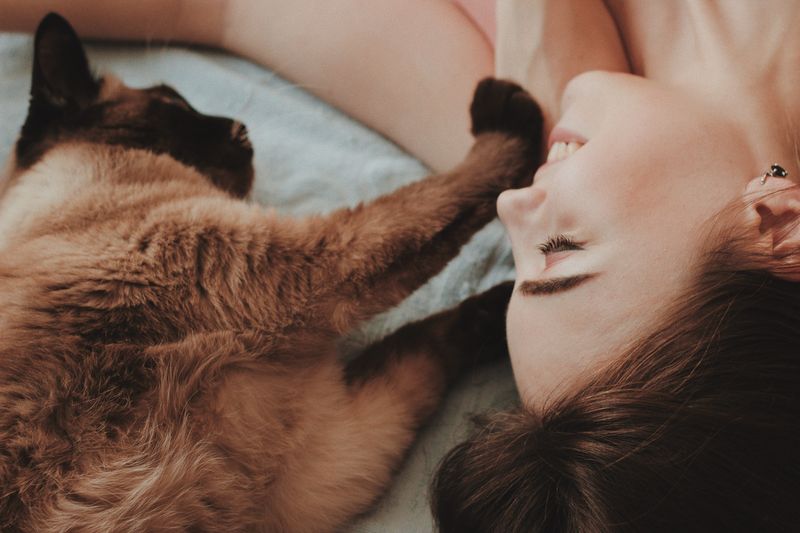📖 Table of Content:
Domestic cats have a fascinating history of evolution, transitioning from wild predators to cherished companions. Their adaptability has allowed them to thrive across various continents, forging a unique bond with humans.
1. Origins and Early Domestication
Imagine a time when wildcats roamed freely, unnoticed observers of human settlements. Around 9,500 years ago, in the fertile lands of the Near East, the African wildcat began its journey towards domestication. As humans built agricultural societies, wildcats found solace in the surplus of rodents. This mutualistic relationship grew, leading to domestication and the birth of the domestic cat. Quietly, these felines watched over the storage of grain, forever changing the dynamic between humans and animals.
2. Spread Through Europe and Egypt
In the thriving civilizations of ancient Egypt, cats reached divine status. Revered and often mummified, these felines became symbols of grace and protection. As Neolithic farming spread, so did cats, reaching Europe around 6,400 years ago. Egyptian genetic markers in cats spread throughout the Mediterranean, influencing regions like Greece and Rome. By the 5th century BC, their presence was felt as far north as the Baltic Sea, marking their importance in human history.
3. Global Expansion
Ever wonder how cats reached distant shores? The Vikings, with their seafaring prowess, carried cats on ships to keep rodents at bay. These voyages led to the establishment of feline colonies in port cities across Europe. The image of a Viking ship, with cats onboard, illustrates the adventurous spirit of these ancient sailors and their feline companions. This maritime expansion facilitated the global spread of domestic cats, securing their place in the world.
4. Domestication and Genetic Diversity
From wild hunters to diverse companions, cats began to exhibit a variety of traits as humans selected for specific qualities. The tabby pattern, a favorite among many, first appeared in the Middle Ages. Remarkably, genetic evidence points to western Turkey in the 14th century as the origin of this mutation. This diversity reflects the adaptability of domestic cats, as they evolved side by side with human societies, becoming beloved members of households around the globe.
5. Cats in Ancient Cultures
Throughout history, cats have played significant roles in various cultures. In ancient China, they were considered protectors of silkworms, essential for the silk industry. Their sleek and mysterious presence graced traditional gardens, harmonizing with the tranquil landscapes. Cats were not merely companions but symbols of prosperity and protection, revered across different societies for their unique qualities and contributions to human endeavors.
6. Cats in Mythology and Folklore
In the realm of mythology, cats have been associated with deities and legends. Norse mythology, for instance, features the goddess Freyja, whose chariot was said to be pulled by two large cats. These stories highlight the mystical allure of felines, captivating human imagination through the ages. Cats symbolize both grace and unpredictability, their presence woven into the rich tapestry of folklore, enchanting cultures around the world.
7. Modern-Day Companions
Today, cats are cherished members of households worldwide. Their journey from wild predators to beloved companions is a testament to their adaptability and the special bond they share with humans. Whether lounging in sunlit corners or playfully chasing a string, cats bring joy and companionship to millions. Their role has evolved, yet their essence remains unchanged, embodying both independence and affection in the lives of those who welcome them into their homes.
